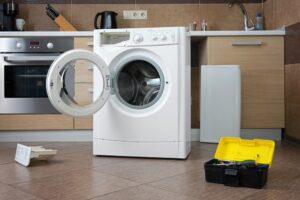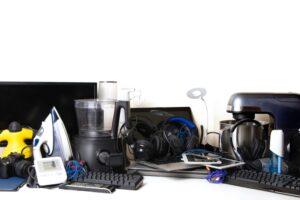Recognizing the Hidden Dangers in Everyday Products
You trust the products you bring into your home to be safe, reliable, and effective for your family’s daily needs. From kitchen appliances and furniture to children’s toys and cleaning supplies, these items are part of your everyday routine. However, not every product performs as promised. Some can pose unexpected risks—causing injuries, property damage, or long-term health issues. The key to protecting your loved ones begins with understanding the warning signs of a defective household product. You might notice an electrical device overheating, a chemical cleaner giving off strong fumes, or a piece of furniture that collapses under regular use. These are early indicators that something isn’t right. When you stay alert to unusual smells, noises, leaks, or performance issues, you’re already taking the first step toward preventing harm and holding negligent manufacturers accountable.
Understanding What Makes a Product Defective
Not all product problems stem from user error; many stem from flaws in design, manufacturing processes, or inadequate labeling. A design defect occurs when a product is inherently unsafe even before it’s produced—like a space heater that lacks proper temperature control. A manufacturing defect occurs when mistakes occur during production, such as a batch of faulty wiring that causes short circuits. Finally, marketing defects—also known as failure to warn—arise when companies neglect to include proper instructions, warnings, or usage guidelines. When you can identify which type of defect caused the issue, you strengthen your case and make it easier to report the problem effectively. Understanding these distinctions empowers you to speak clearly when contacting the manufacturer, consumer protection agencies, or your attorney.
Steps to Take When You Discover a Defective Product
Once you suspect that a product in your home may be defective, your immediate priority should be to prevent further harm. Please stop using the product right away and remove it from areas where children or pets can reach it. Next, document everything—take photos of the product, the damage it caused, and any visible defects. Keep the original packaging, manuals, and purchase receipts, as they can serve as crucial evidence. You should also note any warning labels or lack thereof, as well as the specific circumstances of the incident. Reporting the issue to the manufacturer is a good start, but you should also notify the Consumer Product Safety Commission (CPSC), which tracks defective products and can issue recalls. If the defect caused injury or property damage, seek medical attention and consult a legal professional as soon as possible to ensure your rights are fully protected.


Why Reporting Defective Products Matters
When you report a defective product, you’re not just addressing your own experience—you’re helping prevent similar harm to other families. Many people suffer injuries because manufacturers fail to disclose product issues or recall items promptly. By filing a report with the CPSC and keeping records of your communication, you contribute to public safety. You also create a documented trail that strengthens your potential claim if you pursue legal action. Reporting defective items sends a clear message to manufacturers that consumer safety is not optional—it’s a responsibility. Even if the product didn’t cause injury, sharing information about potential hazards helps regulatory agencies investigate and take appropriate action. Your vigilance can make a real difference in reducing future accidents and ensuring companies uphold higher safety standards.
Standing Up for Your Family’s Safety and Rights
Dealing with a defective household product can be stressful and overwhelming, especially when it affects your family’s well-being. You shouldn’t have to manage the aftermath on your own. Understanding how to recognize defects, report them properly, and take legal action if necessary gives you the power to protect your loved ones and hold manufacturers accountable. Whether it’s a malfunctioning appliance, exposure to toxic materials, or an unsafe design, your experience deserves to be heard and addressed.
You don’t have to go through this alone. Contact Findley Law at (619) 860-1712 or click here to schedule a consultation. Let’s discuss what happened and how we can help you move forward with strength, support, and the justice your family deserves.
You don’t have to go through this alone. Contact Findley Law at (619) 860-1712 or click here to schedule a consultation. Let’s discuss what happened and how we can help you move forward with strength, support, and the justice your family deserves.




